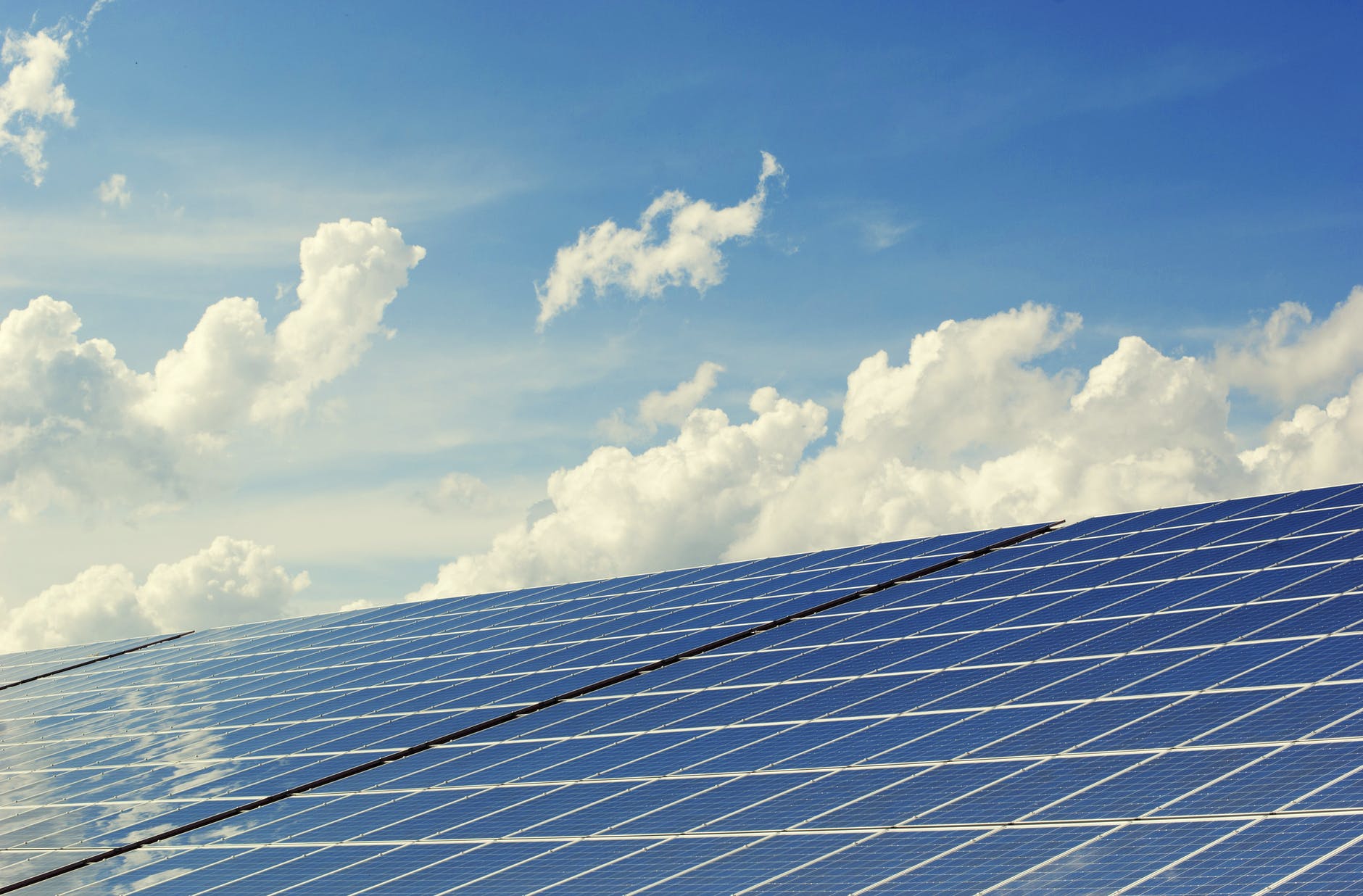
The Karnataka Electricity Regulatory Commission (KERC) has released a discussion paper aimed at determining tariffs and setting norms for solar power projects for the financial year 2026. This includes both large ground-mounted solar plants and rooftop solar photovoltaic (SRTPV) installations. The paper comes at a time when there is growing demand for clean and sustainable energy, and there is a need to address challenges and explore new opportunities in solar energy adoption. The paper highlights the importance of a strong regulatory framework to support solar power growth and refers to relevant sections of the Electricity Act, 2003.
The Electricity Act, 2003, provides Karnataka Electricity Regulatory Commissions with the authority to promote renewable energy, set terms and conditions for tariff determination, and regulate electricity supply tariffs from generating companies. It also outlines the procedure that must be followed while determining tariffs.
Earlier, the Commission issued a Tariff Order on 11 June 2024, which set tariff rates for solar power projects for the financial year 2025. These tariffs apply for the full life of solar projects, which is generally 25 years. The tariffs applied from 1 April 2024 to 31 March 2025 and were different for projects with and without Battery Energy Storage Systems (BESS) and for rooftop solar installations. The rooftop solar category also included separate tariffs for domestic consumers and projects implemented under the central government’s PM Surya Ghar: Muft Bijli Yojana.
The process of tariff determination follows the guidelines issued by the Central Electricity Regulatory Commission under Section 61(a) of the Electricity Act. However, the CERC regulations mostly cover project-specific tariffs and not general or standard tariffs for solar PV or rooftop solar systems.
As of now, the state has an installed solar capacity of 9,153.86 MW through Power Purchase Agreements. This includes both ground-mounted and rooftop solar projects. However, rooftop solar adoption has been slow, with only 686.043 MW of rooftop capacity commissioned by 31 December 2024. This suggests that participation from smaller consumers has been limited, even though rooftop solar can bring many benefits like reduced electricity bills and energy independence.
The discussion paper identifies several key challenges in promoting solar power, especially rooftop systems. These include high upfront installation costs, limited financing options, grid stability issues due to the variable nature of solar power, lack of awareness among consumers, and the unavailability of suitable land or roof space in many areas.
Distribution companies purchase electricity from megawatt-scale solar power plants through competitive bidding. The Commission’s tariff is used as a benchmark in these cases. For rooftop solar systems, power purchase agreements are signed based on tariffs set by the Commission.
To promote the adoption of rooftop solar, the Commission has taken several steps such as allowing systems up to 100% of the consumer’s sanctioned load, permitting installations on government buildings, allowing gross metering where consumers sell all generated power to the grid, and setting quality standards for solar panels and equipment.
The discussion paper also looks at recent developments in the solar market and proposes tariffs for FY26 based on a detailed analysis of financial and operational parameters. These include the expected life of the plant, design of tariffs, capital cost, capacity utilization factor, operation and maintenance costs, debt-equity ratio, interest rates, working capital requirements, depreciation, return on equity, discount rate, and auxiliary consumption.
New ideas introduced in the paper include Virtual Net Metering (VNM) and Group Net Metering (GNM). VNM allows the energy generated from one solar plant to be shared across several electricity connections of the same consumer type. GNM allows a group of consumers to share the benefits of solar energy across multiple connections. These proposals aim to make distributed renewable energy generation more accessible and appealing.
Related
Source link



